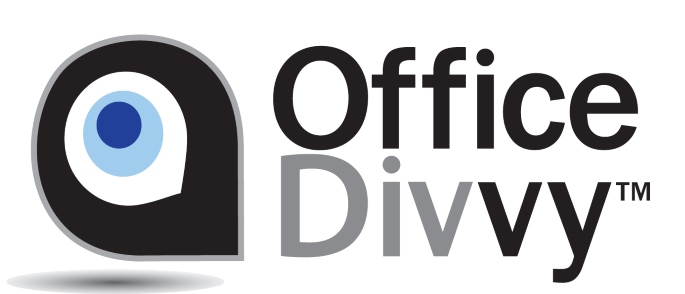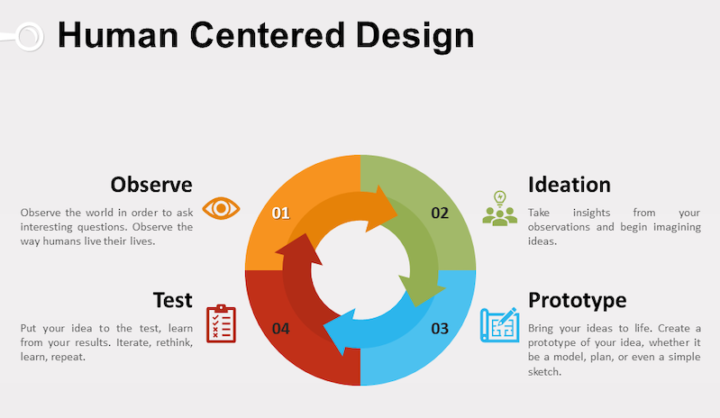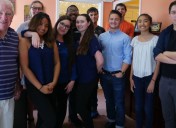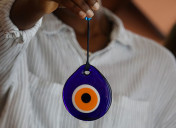Office Divvy’s Human-Centered Design Approach to Client Relations
Across our teams at Office Divvy, delivering excellent client experience is of the utmost importance.
This often means putting ourselves in our members’ and clients’ shoes and constantly considering what it feels like to be on the receiving-side.
But putting ourselves in someone else’s experience doesn’t just stop at our clients – we also consider the experience of our client’s customers. Most B2B partners and vendors never have access to the client’s customers – we do every day.
Through these close relationships, we work to deliver outstanding experiences through a constant process of working to better understand our clients, their needs, and their customers’ needs. We then use this understanding to influence how we design solutions.
By doing so, we employ an approach called human-centered design. Vox’s video How to solve problems like a designer describes this process in a quick four-minute video.
Tim Brown, CEO and president of IDEO, breaks down the human-centered design process into four straightforward steps.
Observation
We get a better sense of the people we are creating solutions for by observing the world. We ask questions like, what are their needs? How can we fulfill these needs by improving an experience or design?
Ideation
This fundamental understanding kickstarts the creative part of our minds to come up with some pretty innovative ideas. The real fun begins when these ideas start to come to life in sketches and prototypes to help illustrate the concept to others.
Prototyping
It’s once we take these ideas and these designs and put them to the test that we know for sure that what we have is perfect. Now. Most times, it isn’t, but that is okay because it’s all a part of the design process. Imperfections give us opportunities to re-observe, recreate, re-prototype, and so on.
Testing
Once a perfected solution has been brought to life, the storytelling component of the process is ready for action. It is here that the idea is allowed to shine – showcase what makes the idea stand out. The hard work and dedication that went into bringing the concept to market will speak for itself.
Office Divvy’s Team discusses the Human-Centered Approach
We asked some of the creative minds here at Office Divvy to give us a glimpse into how this process applies to their daily workflow. Two members of our Digital Team watched the Vox video as part of this process.
We wanted to know how they incorporate some of the ideas into their everyday lives, specifically in their “digital life and tasks”.
Here is what they said:
Kedron, from our digital team
I believe design is incredibly important and applies to every field! The topic of design has been especially top of my mind lately since I’m in the middle of reading Practical Objects Oriented Design in Ruby by Sandi Metz. It’s a book that talks about the importance of designing and organizing your code in such a way that it’s painless to be able to change it or build on top of it. Poor design or lack of design can be devastating for a project when it inevitably comes time to add new things or iterate further because it becomes tough to change things without breaking something else or needing to completely redo the original design because of something you didn’t anticipate.
Trenton, from our digital team
Very rarely is there a perfect solution that everyone will love. All things go through evolution after evolution as time goes by and people begin to find flaws. For example, the Lisa Mouse only had one button. It’s something that Apple decided to maintain for years, but other mouse manufacturers began implementing additional buttons, a right-click, and eventually a scroll wheel with a click function. We even have mice today with 15 buttons! Though that might be a bit excessive for me.
The point is that design is never finished. “Design is a solution to a problem,” but often, a good design will create other problems, which you need design to solve. It is a never-ending cycle.
Summing It All Up
Human-centered design is not just limited to one field. It’s a universal thought process that influences how we create and solve problems.
Designkit.org, run by IDEO, summarizes the heart and essence of human-centered design in just one sentence:
Human-centered design is all about building a deep empathy with the people you’re designing for, generating tons of ideas, building a bunch of prototypes, sharing what you‘ve made with the people you’re designing for, and eventually putting your innovative new solution out into the world.
The heart of every great idea, solution, or product is a person. Recognizing this person and their needs helps us – creators, designers, business owners, entrepreneurs, etc. – create meaningful solutions. This sort of thoughtful thinking draws us to the process of human-centered design and why Vox’s video stuck out to us.
Understanding and identifying this simple and almost self-explanatory process helps us be more deliberate with our efforts to empathize with our clients and their customers. It’s how we solve issues that are truly in their best interest.
Would you like us to discuss with you how our human-centered design approach works when it comes to considering the Office Divvy Teams for your customer-service needs?

- Office Divvy’s Human-Centered Design Approach to Client Relations - July 8, 2021
- Why we send cards and why it matters. - June 5, 2021
- 10 Reasons Why People Become Members at Office Divvy - April 20, 2019
Related Posts
- ← 4 things you can do immediately for your self-hosted WordPress website security
- 10 Things Any Small Business Owner Can Draw from Harry Potter →











